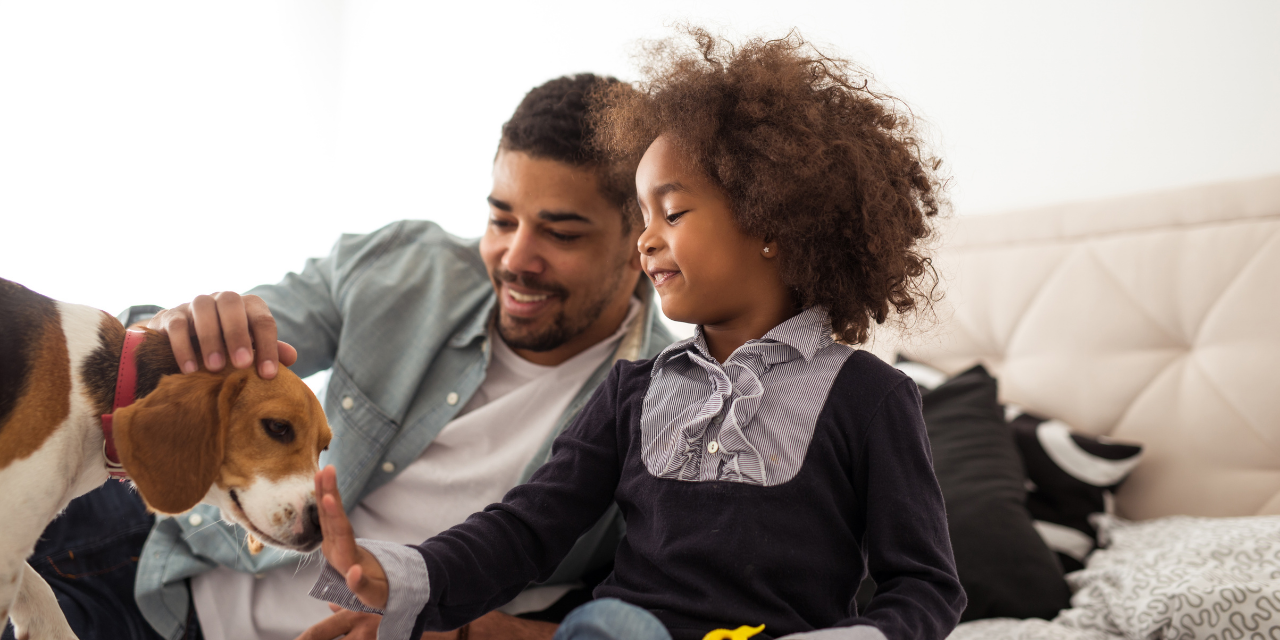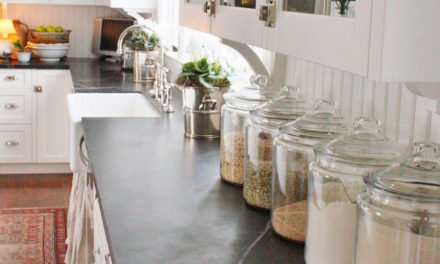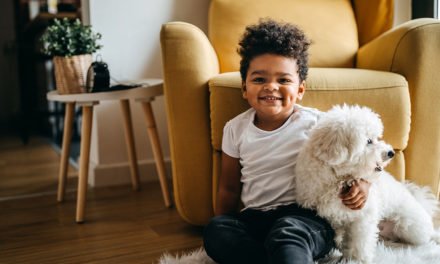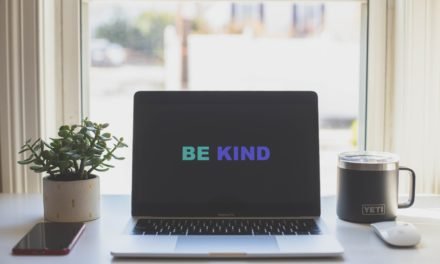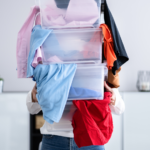Some people might think an apartment isn’t the best home for a puppy. After all, apartments tend to be smaller than houses—that means there’s less room for a dog to run. Also, puppies are notorious mess makers! Is it really smart to bring a chewing, not-yet-housebroken pup into a rented space?
The answer is yes! Your apartment can be the perfect home for any puppy as long as you follow some simple tips. We’ll show you how to keep your puppy safe and happy in a smaller space, and how to ensure you get your security deposit back at the end of your lease. Here are our tips to puppy-proofing your apartment.
Are Dogs Allowed in Your Apartment?
This is the first and most important thing to consider before bringing a new dog back to your apartment: Is it even allowed? Many apartment complexes are pet friendly, but other properties have very strong rules against it. And for the rentals that do allow pets, there’s usually a fee that goes along with it. So before making anything official, look at your lease and run it by your landlord to ensure you’re not breaking any rules. Most McKinley apartments are pet-friendly and dogs and cats are both allowed. There are some breed restrictions, so please check with your leasing office on those details.
Making Your Puppy Feel at Home
The more comfortable your puppy is, the less likely they’ll be to act out and chew on everything in sight. If a puppy feels safe at their apartment/home, they are more likely to be healthy long-term. The first thing you should do is designate a safe space that your pup can call its own. It might be as simple as putting a crate in the corner of the living room, or you could block off your kitchen using baby gates. It just needs to be a place where your dog can safely be alone while you’re away. Not only will this minimize damage to your apartment, but a designated puppy space can lower their anxiety as well.
Ideally, this space will be on a hard floor. Accidents are a given when you’re bringing home a new dog, and cleaning potty messes from tile is much easier than scrubbing carpet! If you have to keep your new friend in a carpeted area, consider getting a hard plastic mat for the floor (like what you would put under an office chair). The hard surface will make cleanup easier for you, and your apartment’s manager will appreciate that your puppy isn’t damaging the carpet.
Puppy-Proof for Safety
By nature, puppies are extremely curious creatures! This is a pretty cute characteristic to have, but it also means they get into everything. Try looking at your apartment from a pup’s point of view to catch potential disasters before they happen. Shoes left by the door? Phone charger dangling from a table? Sweater hung on the back of a chair? Just assume that anything left within reach will be chewed up or otherwise destroyed.
In a lot of cases, your puppy’s chewing habit will be a minor annoyance. But it can also pose a serious danger. Cleaning supplies and electrical cords can be extremely harmful if ingested or chewed on. Before bringing home your new family member, educate yourself on what types of human food and plants are toxic to dogs. Then make sure anything dangerous is kept well out of reach.
Chewing Prevention
For your pup’s own safety and also for the safety of your security deposit, you want to deter your puppy’s chewing habit as much as possible. Provide plenty of chew toys and safe dog bones so they always have something to gnaw on. This should help keep them from ripping up carpet and chewing the doorways in your apartment. If the chewing becomes a serious problem, you can even buy bitter no-chew spray to use as a deterrent.
Cut Back on Barking
It’s one thing to have a noisy puppy in a house, but it’s a totally different ballgame in an apartment, where your neighbors are mere feet away. Even if they’re dog people too, not many people appreciate 24/7 barking. One way to cut back on the barking while you’re away is to give your pup some background noise. Use a sound machine, turn on a fan, or leave the TV on while you’re gone. With other noises to focus on, your dog will be less likely to bark at every little noise they hear outside the apartment. Your neighbors will thank you!
Staying Active in an Apartment
Regardless of the breed, puppies need lots of exercise. Apartments typically don’t have an abundance of space for dogs to stretch their legs, which means you’ll need to be intentional about getting your puppy out and about. The more you exercise your pup, the happier they’ll be! They’ll also be less likely to destroy your belongings when left to their own devices. So finding out where your nearest dog park is should be at the top of your list. Many McKinley apartments have dog parks in the community or located near a public one.
However, if your pup is still really young, the dog park will have to wait. Keeping a safe distance from other animals for the first few months of life can help prevent heartworms in puppies. Stay away from high-traffic areas until your puppy is fully protected and has started a heartworm prevention medicine.
Be Mindful of Other Pets
It’s possible to keep multiple animals in an apartment (as long as your lease allows, of course). There are just a few extra things to consider. If you have a cat, for example, you’ll need to find a strategic place for the cat’s litter box and food bowls. It will need to be somewhere your cat can easily access, but that your pup can’t reach.
In addition to being mindful of your own pets, you’ll need to consider your neighbor’s pets, too. If you live in a pet-friendly complex, chances are you’re in close proximity to lots of other dogs. For the safety of your puppy and those around you, always keep your dog on a leash when leaving your apartment.
Be Patient
The final and most important thing to keep in mind is to have patience. Bringing a puppy home to an apartment will present a learning curve and adjustment period for everyone involved. Inevitably, the newest member of your family is going to chew up something they shouldn’t. But don’t get overwhelmed! By thinking ahead and following these tips, both you and your pup can live a happy and healthy life in an apartment.
This article was written by guest writer, David Cruz. David has been a freelance writer for more than five years, and a dog owner for more than a year. When he’s not writing about pet health or responsible ownership, he’s traveling with his Samoyed, Bosco.

